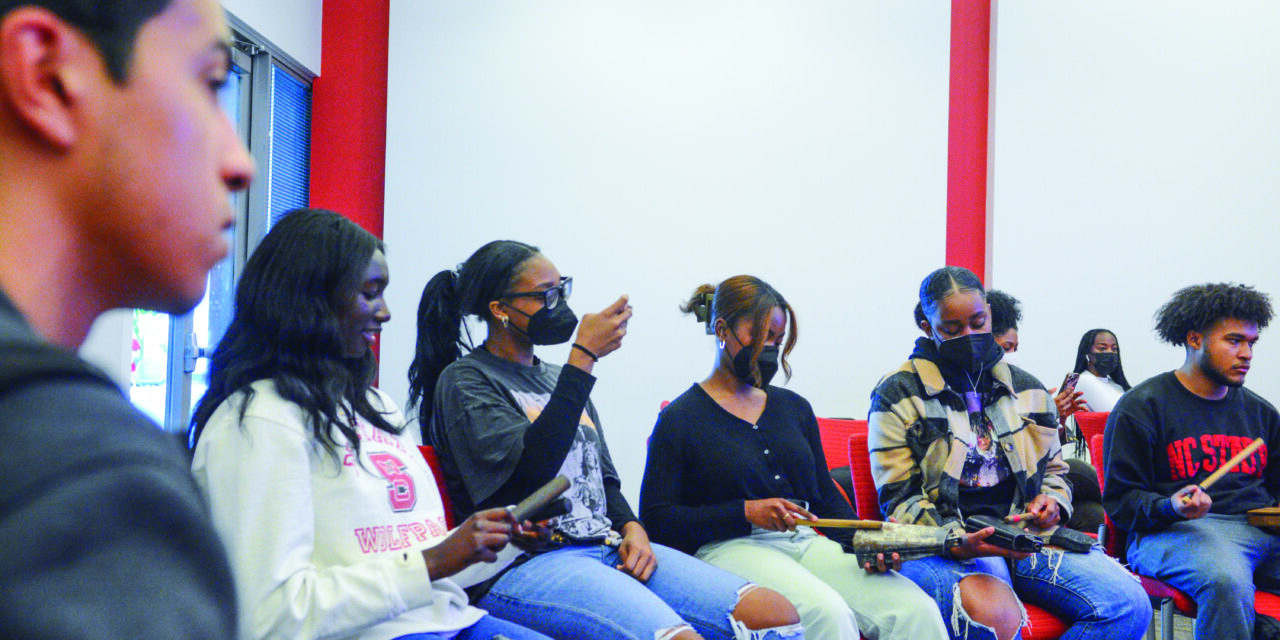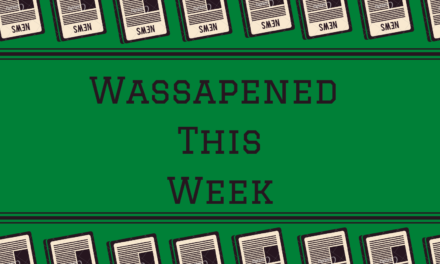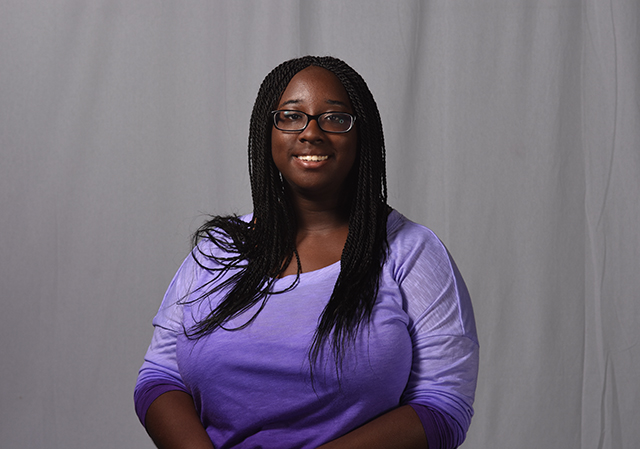As I walked into Room 3222 in Talley Student Union for the Music Fo’ Yo Soul Affinity Hour event to kick off Pan-Af Week, I was somewhat shocked to see that no music was playing. Whenever I saw the title for the event, I automatically assumed that it would have the same vibe as a listening party. The idea I had was more along the lines of just listening to different black music genres all across the diaspora. Instead, I saw people separated into sections and was then told that they were separating people in terms of who likes Drake, Kanye, and other popular artists. After the ice breaker, we sat down in chairs that were enclosed into a circle where we then proceeded to introduce ourselves and our years to each other. I was still wondering what exactly we were about to do for the event and watched as two men then sat down with a bag that made noise as we finished introducing ourselves to each other.
It was at this point that we were introduced to the two instructors who were leading the event. They stated that they were African drum instructors who teach young Black boys the “healing power of the drum.” I was pleasantly surprised to find that the event was shaping up to be an interactive one. After introducing themselves they then proceeded to introduce the drums that they brought with them. The second I saw them pull the drums out my first thought was, “Ah hell, now they want us to use them.”
One by one they brought three drums each varying in size and shape. The first one they introduced was the Dundunba, the “mother drum” for the other two, which controls the tempo of the drums. Then they showed us the sangban, which converses with the dundunba, and has movements. Lastly, the Kinikini was shown, which was the smallest out of the three and was stated to be the metronome of the entire ensemble which is constant in the entire melody.
They also talked about how the drums in Western Africa have been used for more than just music and celebrations, but also during war. During wars, drummers would beat the dundunba to create the tempo and melody for the warriors. This fascinated me as to how music was played during times of both peace and war. Finally, came the point I wasn’t looking forward to, it was time for them to pick people to play the dundunba. Participants had the same feeling of not being all too eager to play until three people decided to play. During this time the instructors brought out another drum called the djembe and proceeded to have each of the three student participants play a certain beat. Once they learned their respective rhythms, the instructors made them play at the same time.
Honestly, the melody was pretty entertaining overall, I could hear how the sangban and dundunba were in tandem with each other, almost as if they were having a conversation solely off of rhythm. Next, they played two more pieces and then brought out more instruments and gave each of us one to play.
While I was not too eager at first to have any hand in playing anything. I found myself enjoying how each individual played an integral part in the song, listening to how each person’s part was connected to the original melody that the drums were playing. After around two songs the instructors were excited and told us that in their 20 years of teaching and instructing people on the dundun, they never had first-time participants have a seamless melody. We all sat back down as the instructors proceeded to talk about the importance that music, particularly the dundun had on their life. One instructor had stated, “Whenever I went through hardships and faced challenges, I could always go back to the dundun and recenter myself mentally.” This stuck with me because while the dunduns were never integral parts of my life, music has always been the thing that kept me going during hard times. I can say that I was pleasantly surprised by how much I enjoyed participating in playing music with others.
Afterward, the instructors talked about how the dundun has not only helped them grow mentally but also physically. They stated, “Whenever you’re beating the drums you need to be in some form of physical shape due to the physical demands the dundun requires.” This makes sense once you put things into perspective. The amount of physical movement that you have to do to beat the dundun at a constant speed and tempo is no small feat. Combine that with having to do it for long periods of time and there’s no surprise that there’s a physical strain that the activity has on one’s body.
One of the instructors also talked about how after years of performing, they ended up developing arthritis in their hands due to the repetitive motions that are required. The fact that they ended up getting muscle pains in their hands because of what they do makes me realize how much they truly love what they do. While I was hesitant at first about the event due to it not being what I expected it to be, it was still enjoyable and I learned a lot from it.
It was also relaxing, listening and being able to create something so intricate with people I didn’t even know was a very rewarding experience. With having stressors with upcoming exams and professors having an increasingly large workload, it was a great way to relax and unwind. Being able to put those stressors and responsibilities aside and just do something that not only is representative of black culture but something that allowed me to release my worries in a way that was fun as well as engaging. I would definitely be open to seeing something like this on a larger scale in the future to include more students.



